Winter garden crops might sound like an oxymoron, but trust me, it’s entirely possible to keep your garden thriving even when the temperatures drop! Are you tired of relying solely on grocery stores for your fresh produce during the colder months? Do you dream of harvesting your own delicious greens and veggies even as snow falls outside your window? Then you’ve come to the right place!
For centuries, resourceful gardeners in colder climates have developed clever techniques to extend their growing season. Think of the hardy root cellars of old, or the ingenious cold frames used by European farmers to protect delicate plants. This tradition of resilience and resourcefulness continues today, and I’m excited to share some of my favorite DIY tricks and hacks for cultivating a successful winter garden crops.
Let’s face it, the winter months can be a bit bleak. Fresh, homegrown produce can be a real mood booster, adding vibrant colors and flavors to your meals. Plus, knowing exactly where your food comes from and how it was grown is incredibly satisfying. In this article, I’ll guide you through simple, budget-friendly DIY projects that will help you protect your plants from frost, maximize sunlight, and create the perfect microclimate for your winter garden. Get ready to roll up your sleeves and discover the joy of harvesting fresh, delicious food all winter long!
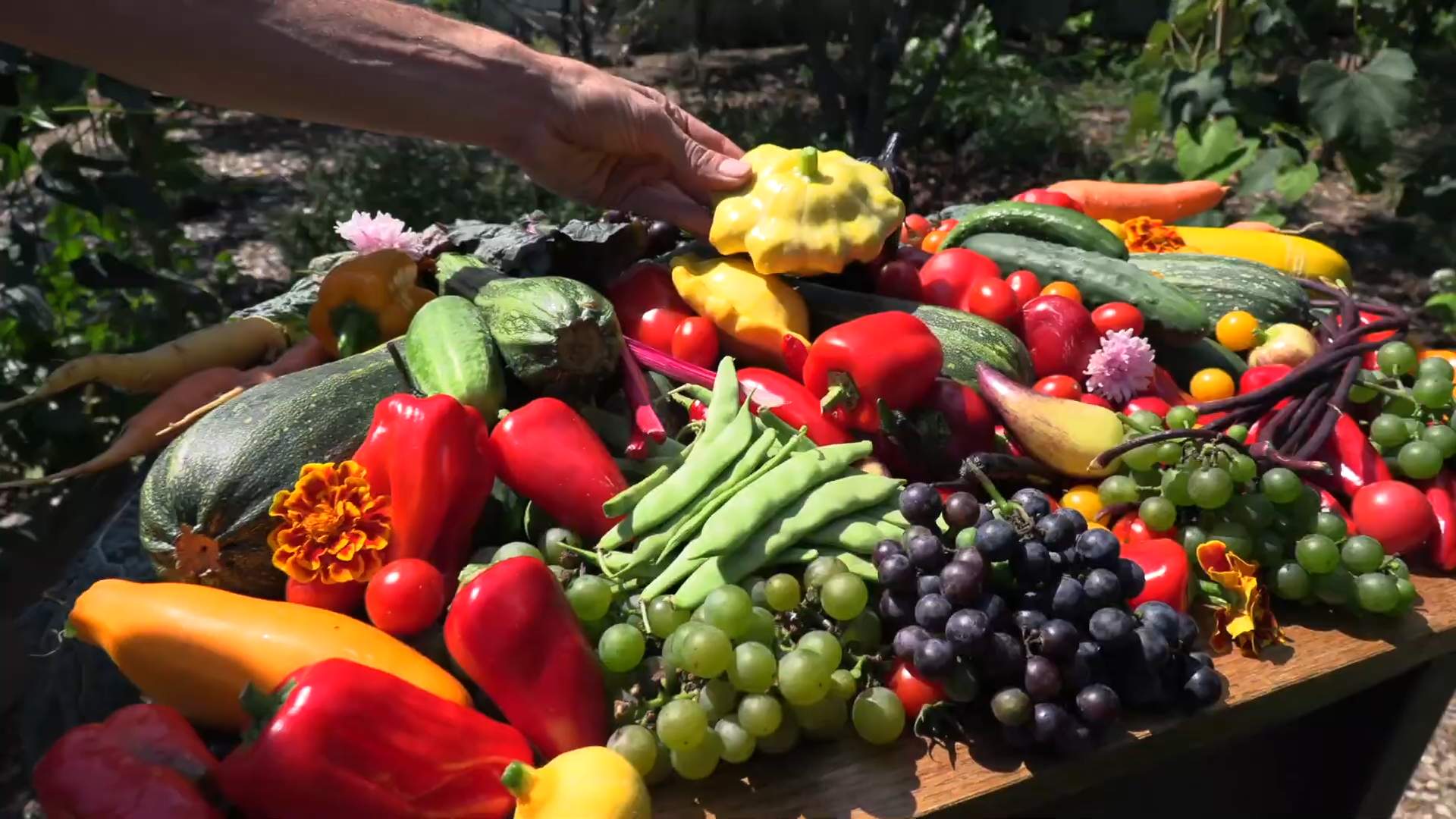
DIY Winter Garden: Extending Your Harvest Through the Cold Months
Okay, so you’re like me and hate the thought of your garden going dormant when the first frost hits? Good! Let’s talk about how to keep those veggies coming, even when Jack Frost is nipping at our noses. This guide will walk you through setting up a simple, effective winter garden, focusing on crops that thrive in cooler temperatures. We’ll cover everything from choosing the right plants to protecting them from the elements. Get ready to enjoy fresh, homegrown goodness all winter long!
Choosing Your Winter Warriors: Cold-Hardy Crops
First things first, not every plant is going to be happy about a winter wonderland. We need to pick crops that can handle the cold. Here are some of my favorites, and why they’re great for winter gardening:
* Leafy Greens: These are your MVPs. Think spinach, kale, lettuce (especially buttercrunch and romaine), arugula, and Swiss chard. They’re relatively quick to mature and can tolerate light frosts.
* Root Vegetables: Carrots, beets, turnips, and radishes are surprisingly hardy. The cold actually sweetens them up!
* Brassicas: This family includes broccoli, cauliflower, cabbage, Brussels sprouts, and collard greens. They need a bit more time to mature, so start them early.
* Garlic and Onions: Plant these in the fall for a harvest the following summer. They need the cold period to properly develop.
* Herbs: Parsley, thyme, oregano, and rosemary are all relatively cold-hardy and can add fresh flavor to your winter meals.
Preparing Your Garden Bed for Winter
A little prep work goes a long way in ensuring your winter garden’s success. Here’s what I do to get my beds ready:
* Clear the Debris: Remove any dead plants, weeds, or fallen leaves from your garden bed. This helps prevent diseases and pests from overwintering.
* Amend the Soil: Winter gardening can be tough on the soil, so it’s important to replenish nutrients. I like to add a generous layer of compost or well-rotted manure. This will improve drainage, add organic matter, and provide essential nutrients for your plants.
* Consider Raised Beds: Raised beds warm up faster than in-ground gardens and offer better drainage, which is crucial in wet winter climates. If you don’t already have raised beds, consider building some.
* Mulch, Mulch, Mulch!: A thick layer of mulch is your best friend in the winter garden. It helps insulate the soil, retain moisture, and suppress weeds. I use straw, shredded leaves, or wood chips.
Protecting Your Plants from the Elements
Winter weather can be unpredictable, so it’s important to have a plan for protecting your plants from frost, snow, and wind. Here are a few options:
* Cold Frames: These are simple, box-like structures with a transparent lid that trap heat and protect plants from the elements. You can build your own using scrap wood and old windows, or purchase a pre-made one.
* Row Covers: These lightweight fabrics are draped over plants to provide insulation and protection from frost. They’re easy to use and can be removed during warmer days to allow for ventilation.
* Cloches: These are individual covers that protect individual plants. You can use glass jars, plastic jugs, or even repurposed milk cartons.
* Greenhouses: If you’re serious about winter gardening, a greenhouse is the ultimate solution. It provides a controlled environment where you can grow a wide variety of crops year-round.
Step-by-Step Guide to Planting Your Winter Garden
Alright, let’s get our hands dirty! Here’s a step-by-step guide to planting your winter garden:
1. Check the Weather Forecast: Before you start planting, check the weather forecast to make sure there aren’t any extreme cold snaps or heavy snowstorms on the horizon. It’s best to plant when the weather is relatively mild.
2. Prepare Your Seedlings or Seeds: If you’re starting from seeds, sow them indoors 6-8 weeks before the first expected frost. This will give them a head start. If you’re using seedlings, make sure they’re hardened off before transplanting them into the garden. Hardening off involves gradually exposing the seedlings to outdoor conditions over a period of 7-10 days.
3. Plant Your Crops: Follow the spacing recommendations on the seed packet or plant label. Make sure to water the plants thoroughly after planting.
4. Apply Mulch: Once you’ve planted your crops, apply a thick layer of mulch around them. This will help insulate the soil, retain moisture, and suppress weeds.
5. Install Protective Structures: If you’re using cold frames, row covers, or cloches, install them after planting. Make sure they’re securely anchored to the ground to prevent them from being blown away by the wind.
6. Water Regularly: Even though it’s winter, your plants still need water. Water them regularly, especially during dry spells. Avoid overwatering, as this can lead to root rot.
7. Ventilate When Necessary: On warmer days, open the cold frames or row covers to allow for ventilation. This will prevent the plants from overheating and reduce the risk of disease.
8. Monitor for Pests and Diseases: Keep an eye out for pests and diseases. If you spot any problems, take action immediately. Organic pest control methods, such as insecticidal soap or neem oil, are often effective.
9. Harvest Regularly: Harvest your crops as they mature. This will encourage continued production.
Specific Planting Instructions for Popular Winter Crops
Let’s dive into some specific planting tips for some of the most popular winter crops:
Spinach
* Planting Time: Late summer to early fall.
* Spacing: 2-4 inches apart.
* Sunlight: Full sun to partial shade.
* Soil: Well-drained, fertile soil.
* Harvest: When leaves are 4-6 inches long.
Kale
* Planting Time: Late summer to early fall.
* Spacing: 12-18 inches apart.
* Sunlight: Full sun to partial shade.
* Soil: Well-drained, fertile soil.
* Harvest: When leaves are 6-8 inches long.
Lettuce
* Planting Time: Late summer to early fall.
* Spacing: 6-12 inches apart.
* Sunlight: Full sun to partial shade.
* Soil: Well-drained, fertile soil.
* Harvest: When leaves are large enough to eat.
Carrots
* Planting Time: Late summer to early fall.
* Spacing: 2-3 inches apart.
* Sunlight: Full sun.
* Soil: Loose, well-drained soil.
* Harvest: When carrots are the desired size.
Garlic
* Planting Time: Fall.
* Spacing: 6 inches apart.
* Sunlight: Full sun.
* Soil: Well-drained, fertile soil.
* Harvest: The following summer.
Troubleshooting Common Winter Garden Problems
Even with the best planning, things can sometimes go wrong. Here are some common problems you might encounter in your winter garden, and how to fix them:
* Frost Damage: If a sudden frost is predicted, cover your plants with row covers, blankets, or tarps. You can also water your plants before a frost, as this can help protect them from damage.
* Snow Damage: Heavy snow can crush plants. Brush off excess snow from your plants regularly.
* Pest Problems: Pests can still be a problem in the winter, especially in protected environments like cold frames and greenhouses. Monitor your plants regularly and take action immediately if you spot any pests.
* Disease Problems: Diseases can also be a problem in the winter, especially in humid conditions. Ensure good ventilation and avoid overwatering.
* Slow Growth: Plants grow more slowly in the winter due to the shorter days and cooler temperatures. Don’t be discouraged if your plants aren’t growing as quickly as they would in the summer.
Extending the Season Even Further
Want to push the boundaries of your winter garden even further? Here are a few advanced techniques:
* Succession Planting: Plant new crops every few weeks to ensure a continuous harvest throughout the winter.
* Indoor Growing: Supplement your outdoor garden with indoor growing using grow lights. This will allow you to grow a wider variety of crops and extend your harvest even further.
* Heated Greenhouses: If
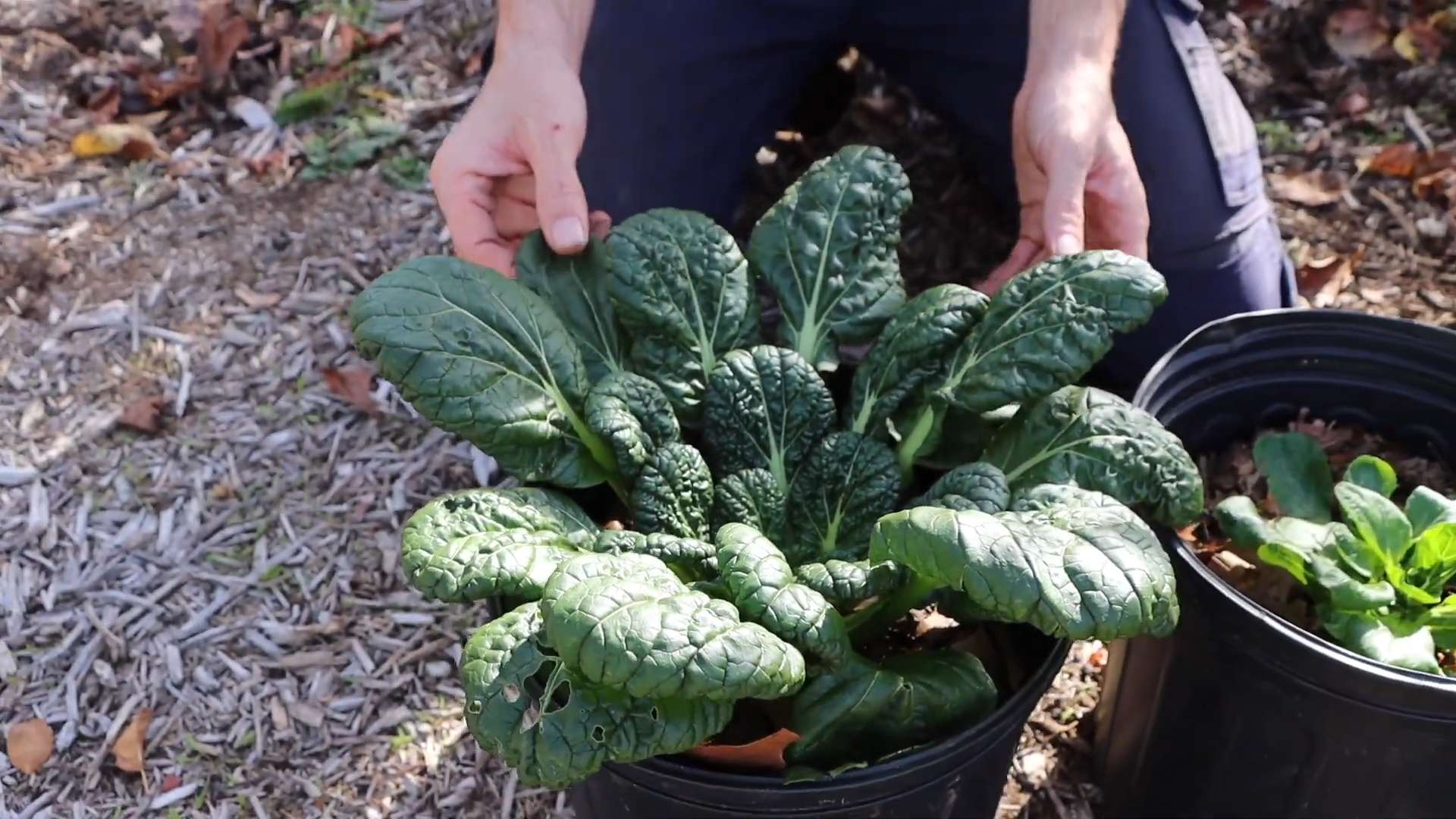
Conclusion
So, there you have it! Embracing these simple yet effective DIY tricks for your winter garden crops can truly transform your gardening experience. No longer do you need to resign yourself to barren landscapes and empty plates during the colder months. By implementing these strategies, you’re not just growing vegetables; you’re cultivating resilience, sustainability, and a deeper connection with the natural world.
The beauty of these techniques lies in their adaptability. Feel free to experiment with different row cover materials, perhaps using repurposed bedsheets or even old shower curtains for a budget-friendly approach. Consider companion planting within your winter garden, pairing your leafy greens with herbs like rosemary or thyme to deter pests and enhance flavor. You could even try creating a mini-greenhouse using recycled plastic bottles or old windows, providing an extra layer of protection against harsh weather. The possibilities are endless!
Remember, successful winter gardening is a journey of learning and adaptation. Don’t be discouraged if your first attempt isn’t perfect. Observe your plants, adjust your techniques, and celebrate the small victories. The reward of harvesting fresh, homegrown vegetables in the dead of winter is well worth the effort.
We wholeheartedly encourage you to give these DIY tricks a try in your own winter garden. Start small, perhaps with a single raised bed or a few containers, and gradually expand as you gain confidence. The satisfaction of nurturing life during the dormant season is unparalleled.
And most importantly, we want to hear about your experiences! Share your successes, your challenges, and your creative adaptations in the comments below. Let’s build a community of winter gardening enthusiasts, sharing knowledge and inspiring each other to grow more sustainably and deliciously. Your insights could be invaluable to someone just starting out, and together, we can unlock the full potential of winter gardening. So, get your hands dirty, embrace the cold, and discover the joy of harvesting fresh, vibrant produce all winter long! Let’s make this winter your most bountiful yet! Don’t forget to document your journey and share your photos – we can’t wait to see what you grow!
Frequently Asked Questions (FAQs)
What exactly are “winter garden crops,” and what can I realistically grow?
Winter garden crops are vegetables and herbs that are hardy enough to withstand colder temperatures and shorter daylight hours. Some popular and relatively easy-to-grow options include:
* Leafy Greens: Spinach, kale, lettuce (especially cold-hardy varieties), arugula, Swiss chard.
* Root Vegetables: Carrots, beets, turnips, radishes, parsnips.
* Brassicas: Cabbage, broccoli, cauliflower, Brussels sprouts, collard greens.
* Alliums: Garlic, onions, leeks, shallots.
* Herbs: Rosemary, thyme, sage, oregano, parsley (some varieties).
The specific crops that will thrive in your winter garden depend on your local climate and the severity of your winters. Researching your region’s average minimum temperatures and frost dates is crucial for selecting appropriate varieties.
How important is soil preparation for winter garden crops?
Soil preparation is absolutely critical for successful winter gardening. The soil needs to be well-draining to prevent waterlogging, which can be particularly damaging in cold weather. Amend your soil with plenty of compost or well-rotted manure to improve drainage, fertility, and water retention. A slightly acidic to neutral pH (around 6.0-7.0) is generally ideal for most winter vegetables. Consider getting a soil test to determine your soil’s pH and nutrient levels, and amend accordingly. Adding a layer of mulch, such as straw or shredded leaves, will also help insulate the soil and retain moisture.
What are the best DIY row cover options, and how do I use them effectively?
DIY row covers are a fantastic way to protect your winter garden crops from frost, wind, and pests. Here are a few options:
* Fabric Row Covers: These are lightweight fabrics that allow sunlight and water to penetrate while providing insulation. You can purchase them at garden centers or use old bedsheets or blankets. Drape the fabric over your plants and secure the edges with rocks, bricks, or soil.
* Plastic Row Covers: Clear plastic sheeting can provide excellent protection from the cold, but it can also trap heat and moisture, potentially leading to fungal diseases. Use plastic row covers sparingly and ensure adequate ventilation by lifting the edges on warmer days.
* Hoop Houses: These are simple structures made from PVC pipes or wire hoops covered with plastic or fabric. They provide more headroom for your plants and can be easily moved or adjusted as needed.
* Cold Frames: These are enclosed structures with a transparent lid, typically made from wood and glass or plastic. They offer excellent protection from the cold and can be used to extend the growing season.
When using row covers, make sure they are properly secured to prevent them from blowing away in the wind. Also, monitor the temperature under the covers and provide ventilation as needed to prevent overheating.
How often should I water my winter garden crops?
Watering frequency depends on the weather conditions and the type of soil you have. Generally, winter garden crops need less water than summer crops because the evaporation rate is lower. However, it’s still important to check the soil moisture regularly and water when the top inch or two feels dry to the touch. Water deeply but infrequently, and avoid watering on cold, cloudy days to prevent the soil from freezing. Consider using a soaker hose or drip irrigation system to deliver water directly to the roots of your plants.
What about pests and diseases in the winter garden?
While pest and disease pressure is generally lower in the winter, it’s still important to be vigilant. Common winter garden pests include aphids, slugs, and snails. Handpicking pests, using insecticidal soap, or applying diatomaceous earth can help control infestations. To prevent diseases, ensure good air circulation, avoid overwatering, and remove any diseased leaves or plants promptly. Crop rotation and using disease-resistant varieties can also help minimize disease problems.
Can I grow winter garden crops in containers?
Absolutely! Container gardening is a great option for those with limited space or poor soil. Choose containers that are at least 12 inches deep and wide, and use a well-draining potting mix. Place the containers in a sunny location and water regularly. You may need to provide extra protection from the cold, such as wrapping the containers with burlap or moving them to a sheltered location.
How do I know when my winter garden crops are ready to harvest?
Harvesting times vary depending on the crop and the variety. Leafy greens can be harvested as soon as they reach a usable size. Root vegetables are typically ready to harvest when they reach their mature size, but you can also harvest them earlier for baby vegetables. Brassicas should be harvested before the flower buds open. Check seed packets or online resources for specific harvesting information for each crop.
What are some common mistakes to avoid in winter gardening?
* Starting too late: Plant your winter garden crops early enough to allow them to establish themselves before the first frost.
* Choosing the wrong varieties: Select cold-hardy varieties that are specifically bred for winter growing.
* Neglecting soil preparation: Ensure your soil is well-draining, fertile, and properly amended.
* Overwatering: Water deeply but infrequently, and avoid watering on cold days.
* Forgetting to protect your plants: Use row covers, hoop houses, or cold frames to protect your plants from frost and wind.
* Ignoring pests and diseases: Monitor your plants regularly and take action to control any problems promptly.
How can I extend my winter growing season even further?
To extend your winter growing season, consider using a combination of techniques, such as:
* Starting seeds indoors: Start your seeds indoors several weeks before the first frost to give your plants a head start.
* Using succession planting: Plant new crops every few weeks to ensure a continuous harvest throughout the winter.
* Utilizing season extension structures: Invest in a greenhouse or high tunnel to provide maximum protection from the cold.
* Choosing microclimates: Plant your crops in sheltered locations that are protected from wind and receive more sunlight.
By implementing these strategies, you can enjoy fresh, homegrown vegetables throughout the entire winter and beyond.


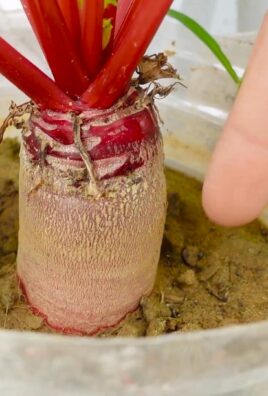
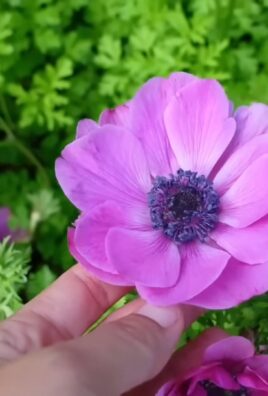
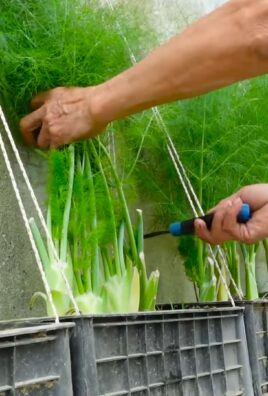
Leave a Comment